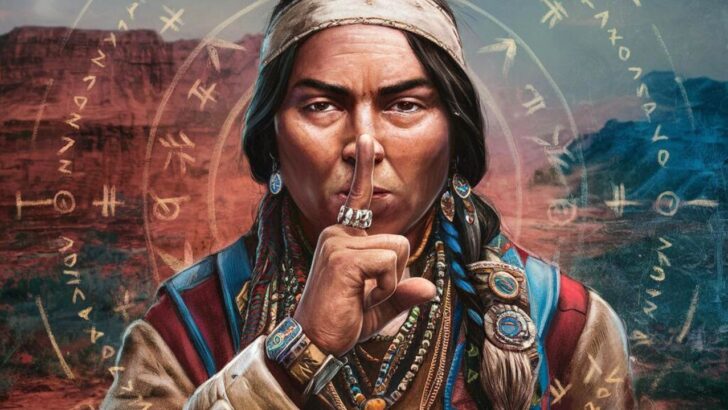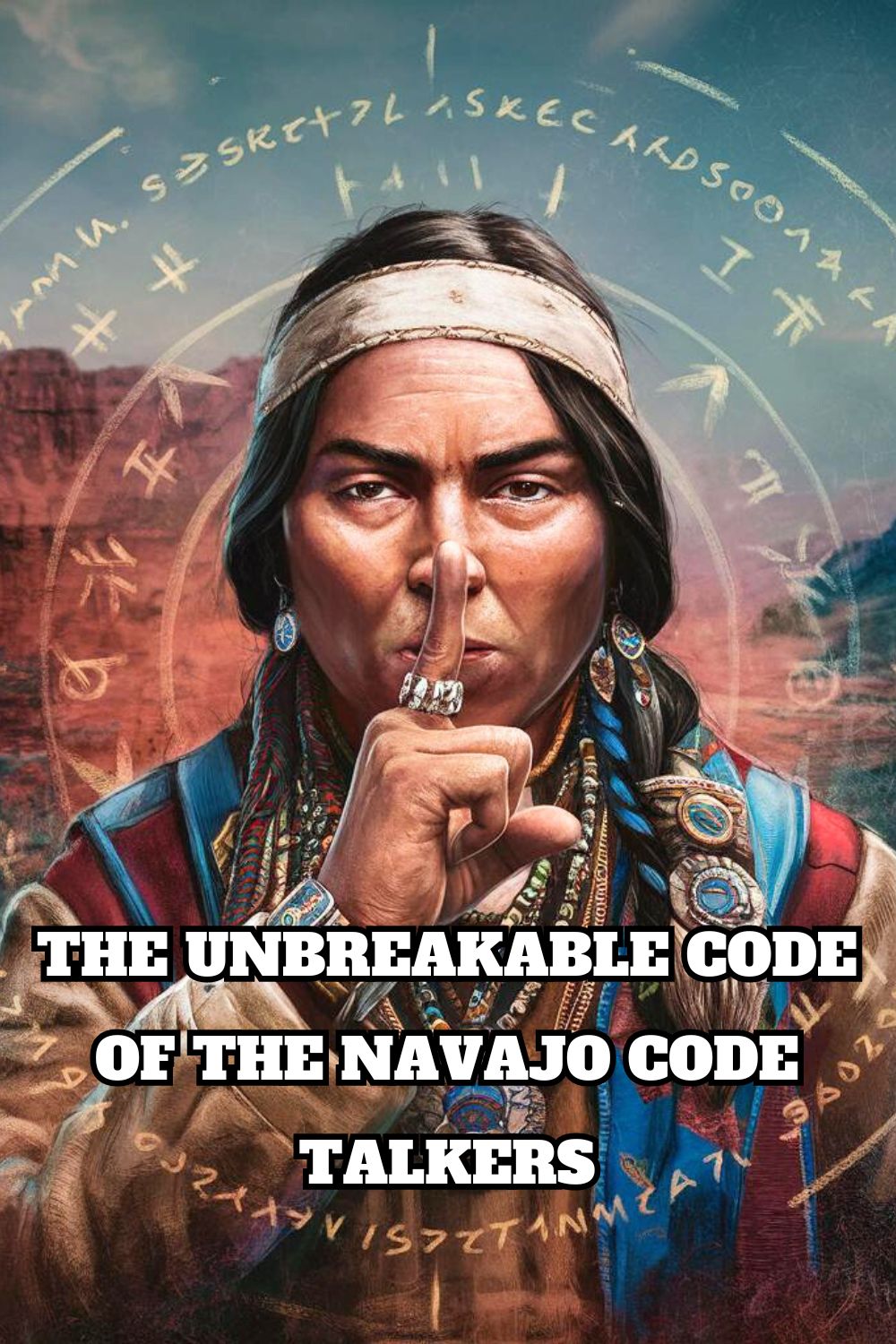Discover the untold story of the Navajo Code Talkers, the unsung heroes who changed the course of World War II with their incredible language skills. This is a tale of bravery, ingenuity, and cultural pride that you won’t believe!
The Brilliant Idea Born from Desperation
In the darkest days of World War II, the United States faced a grave problem: enemy forces were cracking its military codes, leading to devastating losses. Enter Philip Johnston, a World War I veteran with a wild idea. Johnston, who had grown up on a Navajo reservation as the son of missionaries, knew the language intimately.
He proposed using the Navajo language as the foundation for an unbreakable code. Why Navajo? It was a language so complex and unique that virtually no one outside the Navajo Nation could understand it. With no written form and complex syntax, it was the perfect solution to the military’s cryptographic woes.
Meet the Original 29: The Pioneers of an Unbeatable Code
In 1942, the U.S. Marine Corps recruited 29 brave Navajo men who would go on to create a code so impenetrable that it left cryptographers scratching their heads. These men, known as the original Navajo Code Talkers, developed a dictionary and a phonetic alphabet using their native language. Terms like “turtle” for “tank” and “chicken hawk” for “dive bomber” became essential tools in the U.S. military’s arsenal.
They devised a system where each letter in the English alphabet was represented by a Navajo word, creating a robust and flexible code. This system allowed them to communicate complex messages quickly and accurately, outpacing traditional encryption methods.
Here’s a closer look at some of the code they created:
Phonetic Alphabet Examples:
- A: Ant (Wol-la-chee)
- B: Bear (Shush)
- C: Cat (Moasi)
- D: Deer (Be)
- E: Elk (Dzeh)
- F: Fox (Ma-e)
Common Military Terms:
- Battleship: Lo-tso (Whale)
- Submarine: Besh-lo (Iron Fish)
- Bomber: Jay-sho (Buzzard)
- Fighter Plane: Da-he-tih-hi (Hummingbird)
- Destroyer: Ca-lo (Shark)
- Tank: Chay-da-gahi (Tortoise)
For example, a message like “Send more ammunition to the front line” could be encoded as:
- Send: Dibe (Sheep) + Bihke (With) + Cha (Move)
- More: Da-ha (Many) + Zhi (More)
- Ammunition: Be-al (Berries)
- To: Aye (To)
- The: Achi (Rifle)
- Front Line: Bil (Up) + Dah (Forward) + Ni (Movement)
For more info on the exact code, please have a look here
The Unseen Battle: How Code Talkers Turned the Tide
From the beaches of Guadalcanal to the brutal cliffs of Iwo Jima, Navajo Code Talkers played a crucial role in some of the most intense battles of the Pacific Theater. Their ability to transmit and decode messages in mere minutes meant the difference between victory and defeat.
At Iwo Jima, their swift and accurate communication was key to coordinating the movements of thousands of Marines and supplies, ultimately leading to an Allied victory. Major Howard Connor, the 5th Marine Division signal officer, famously said, “Were it not for the Navajos, the Marines would never have taken Iwo Jima.” Their contributions were vital in securing key victories and saving countless lives.
A Secret Kept for Decades
Despite their heroic contributions, the story of the Navajo Code Talkers remained a closely guarded military secret until 1968. The government feared that the code might still be needed in future conflicts, so the Code Talkers were sworn to secrecy. Many returned to their communities and resumed their lives, never speaking of their wartime heroics.
It wasn’t until years later that these brave men received the recognition they deserved. For decades, their incredible story was hidden from the public, and their families knew little of the vital role they played in the war effort.
Finally, the Recognition They Deserved
In 2001, the original 29 Navajo Code Talkers were awarded the Congressional Gold Medal, and their comrades received the Congressional Silver Medal. President George W. Bush honored their legacy in a special ceremony, bringing their incredible story to the forefront of American history. The recognition was long overdue, and it highlighted the significant contributions of Native Americans to the nation’s defense. The ceremony was a poignant reminder of the bravery and ingenuity of the Code Talkers and their unique place in military history.
The Unbreakable Code: A Legacy of Linguistic Brilliance
The Navajo Code remains one of the few military codes never broken by the enemy. This testament to linguistic ingenuity and cultural pride continues to inspire and educate. Today, the legacy of the Code Talkers is celebrated in museums and memorials, and their story is an integral part of educational curricula.
Their achievements underscore the importance of preserving and valuing indigenous languages, not just as cultural artifacts but as powerful tools in a modern context. The Code Talkers’ legacy lives on as a symbol of how language and culture can serve as strategic assets in times of need.
Discover More: The Heroic Tales of the Code Talkers
Want to dig deeper into this amazing story? Check out Chester Nez’s memoir, “Code Talker: The First and Only Memoir By One of the Original Navajo Code Talkers of WWII,” for an intimate look at the life and experiences of one of these remarkable men. Additionally, visit the Navajo Code Talkers Museum in Tuba City, Arizona, for a firsthand look at their incredible contributions.
The museum offers exhibits that detail their training, the development of the code, and their pivotal role in key battles. It’s a must-visit for anyone interested in military history, linguistics, or the rich cultural heritage of the Navajo people.

Hey fellow Linguaholics! It’s me, Marcel. I am the proud owner of linguaholic.com. Languages have always been my passion and I have studied Linguistics, Computational Linguistics and Sinology at the University of Zurich. It is my utmost pleasure to share with all of you guys what I know about languages and linguistics in general.


